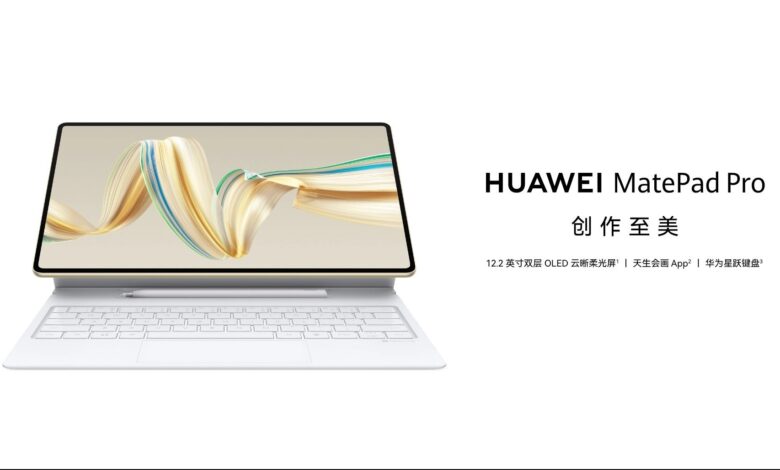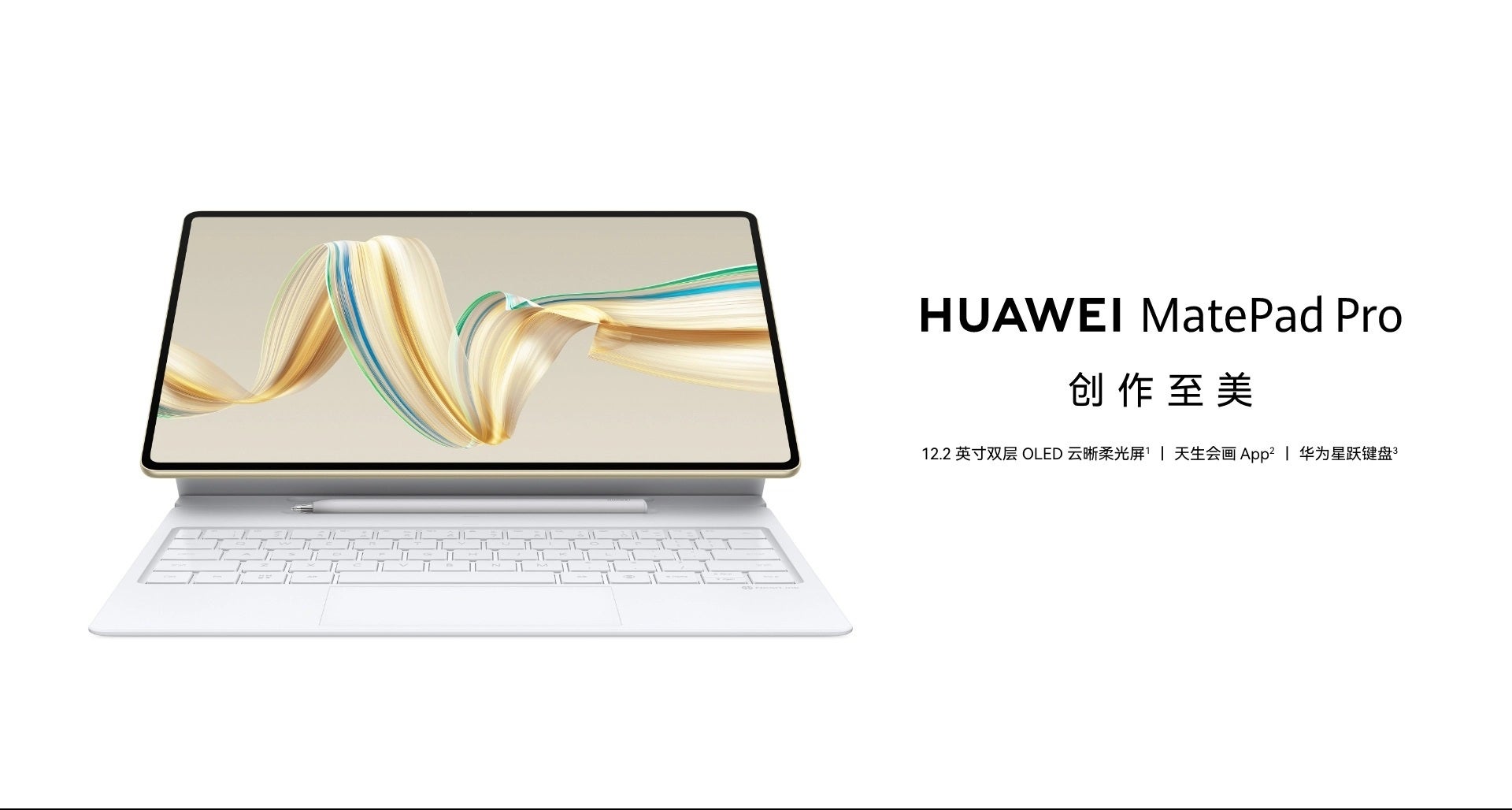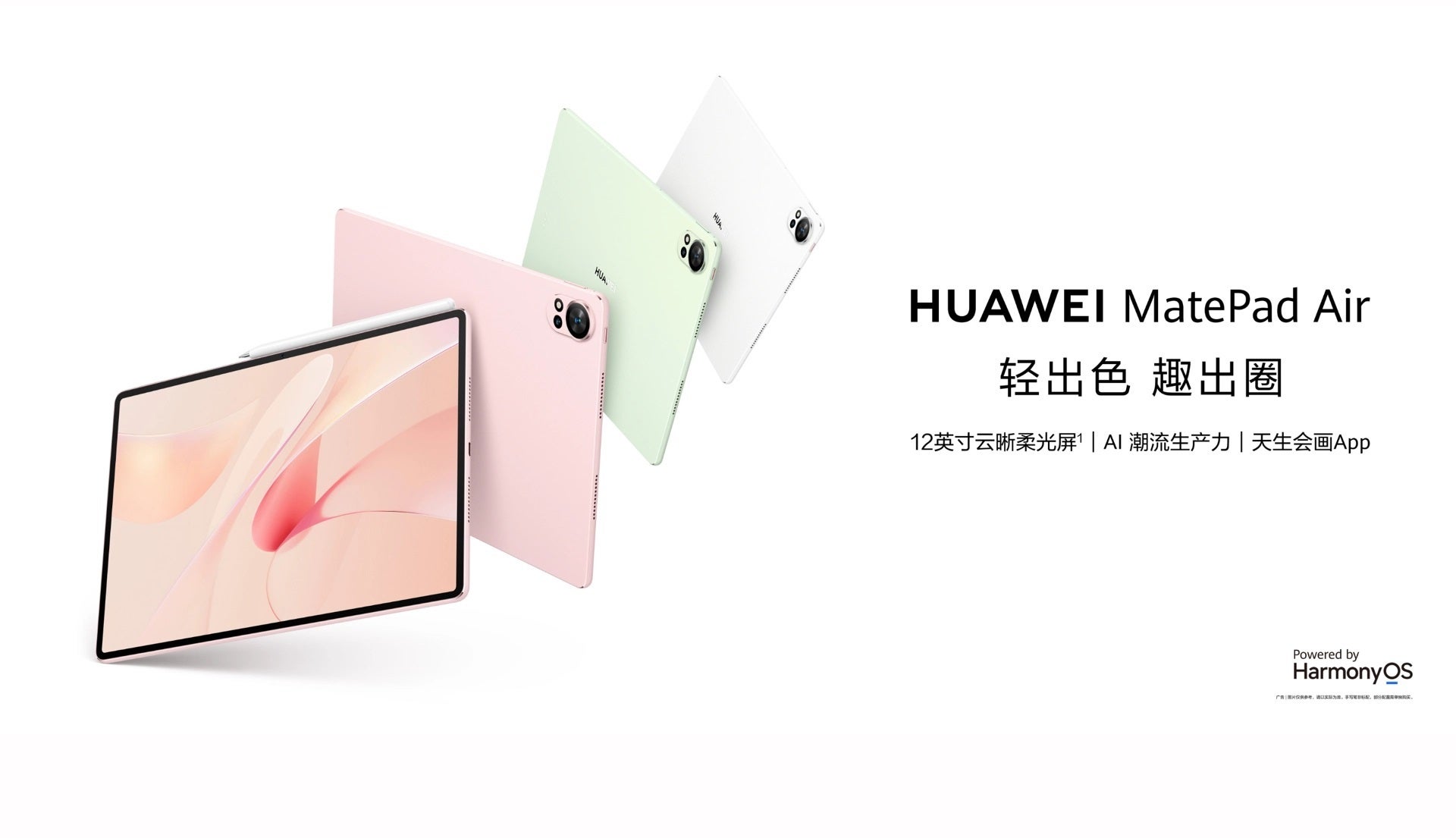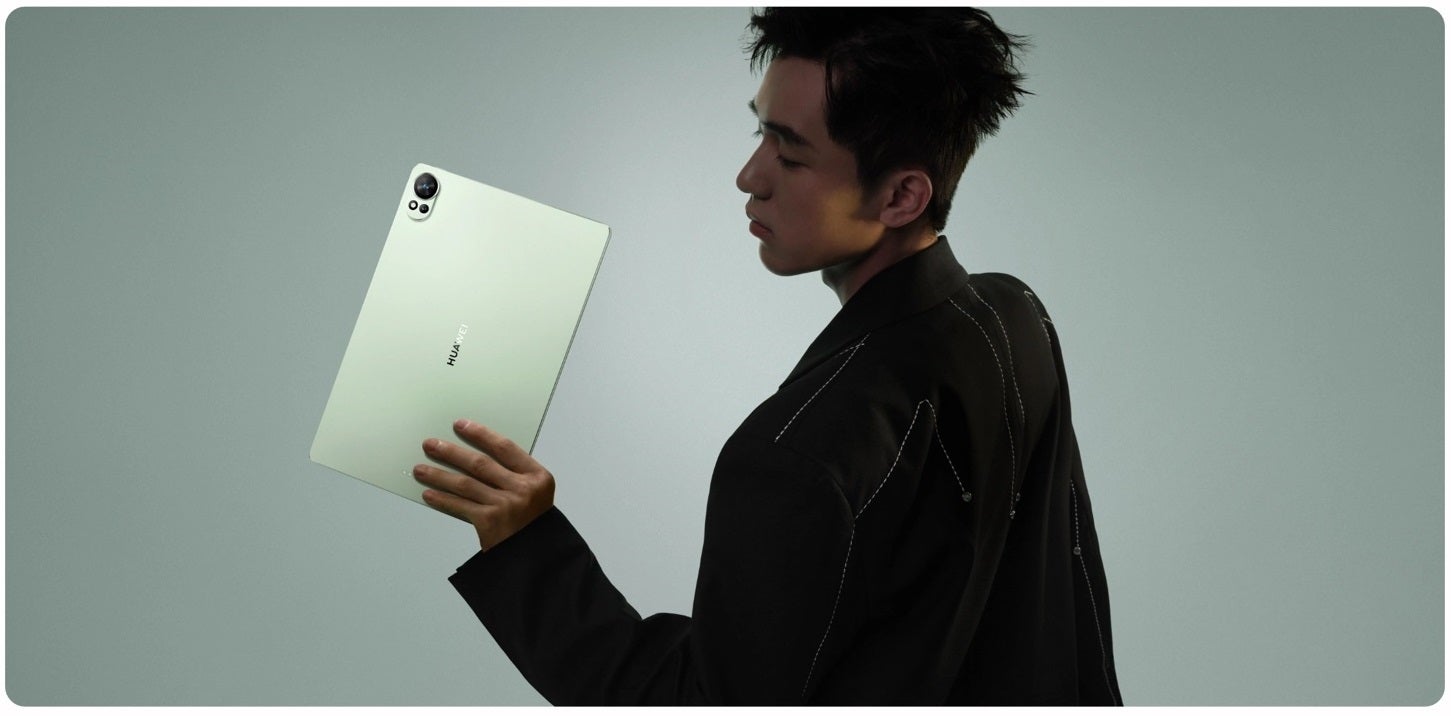This outstanding $600 flagship Huawei tablet will force Apple to discount the $1,299 iPad by $0.00

I have a dream that one day, iPad Pros will be affordable – currently, I don’t count them as affordable. No ifs, ands, or buts.
I’m aware that there are many people who can and do afford them – after all, the iPads (as all the rest of the products out there) are being made to be sold… and sold they are.
I have to let go of that pipe dream, however – the dream of cheap-ish iPad Pros. That is, if I want to preserve a somewhat realistic view of reality itself.
Why, though? Why won’t Apple iPads finally climb off that premium price point tree?
Isn’t there adequate competition and enough rivals on the tablet front to drive iPad prices down?
Yes, the notorious Far East company just did so – and it’s exactly what made me to realize that Apple Store employees won’t find an email in their inbox, reading (yes, in Caps Lock):
Huawei’s tablet game
So, now that the MatePad Pro 12.2 (2024) and MatePad Air (2024) are here, do they pose a threat to the almighty iPads?
Let’s check out what Huawei’s latest slates bring to the table.


The Huawei MatePad Pro. | Image credit – Huawei
Huawei MatePad Pro 12.2 (2024):
- Dual-layer Tandem OLED display panel: this should last three times longer than traditional OLED displays. It’s brighter, punchier, and more power efficient than single-layered OLED screens. For the record, Apple also features Tandem OLED technology on the 2024 iPad Pro;
- The Huawei’s screen resolution is 1840 x 2800 pixels, it offers a 144Hz refresh rate, and up to 2,000 nits peak brightness. Apple’s iPad Pro (2024) has a 13-inch Ultra Retina Tandem OLED display that supports 2064 x 2752 pixels resolution, 120Hz refresh rate and up to 1,600 nits peak brightness;
- It’s powered by (not yet confirmed) Huawei’s Kirin 9010 chipset, the same powering the Pura 70 series. Apple, of course, installed its state-of-the-art M4 silicon for this year’s iPad Pro line;
- Dual-camera setups on the back (13MP main and 8MP ultra-wide), with a 16MP selfie camera (for the MatePad Pro), and a smaller 8MP selfie snapper (for the Air);
- Both tablets offer 10,100 mAh batteries (the Pro version also has 100W wired fast charging capabilities).


The Huawei MatePad Air. | Image credit – Huawei
The second Huawei tablet (the MatePad Air) sports a slightly smaller 12-inch IPS LCD display with 1840 x 2800 pixels resolution, 144Hz refresh rate, and up to 1,000 nits peak brightness. So far, it isn’t clear what chipset is used for the Air tablet.
Furthermore, the Pro supports Huawei’s unique NearLink technology: a short-range wireless communication protocol with ultra-low latency. It’s claimed to offer approximately 60% lower power consumption, 6 times higher speed, and 10 times higher number of network connections in comparison with traditional wireless connections (according to Huawei).
Huawei also confirmed that the MatePad Pro 12.2 (2024) comes with Beidou satellite SMS functionality, as well as side-mounted fingerprint sensor. Both tablets support 3rd-geneartion M-Pencil stylus and Huawei’s new Star Glide keyboard that’s made from aviation-grade materials.
Boy, does that sound tempting!
And all of that can not be yours for the reasonable starting price of $415 (for the MatePad Air), or $600 (for the MatePad Pro). That’s because these tablets are, as of now, available only in China.
If you want to get the iPad Pro M4 (2024), be my guest: the 13-inch variant starts at $1,299. Nice, huh? That’s twice the price of Huawei’s champ.
Do you need a tablet that powerful and expensive, though?
Tablets, foldables and laptops: there can be only one


Image credit – Huawei
Tablets, unlike smartphones, do not require upgrades that often – if you’re using them for everyday tasks, like checking the mail while commuting, watching YouTube recipes while cooking (been there, done that: yes, tablets are practical like that), playing some music (via Bluetooth, of course; built-in tablet speakers are not that great)…
If you’re into heavy Adobe Photoshop/Lightroom (or worse: heavy video rendering) editing on the go, then yes, you’re probably among the minority that upgrades its tablet as soon as the next model arrives.
However, tablets are getting more and more powerful and potent. They’re going to do to laptops what laptops did to desktop computers. You just wait and see.
Or, if you don’t believe me (I didn’t expect such a blow below the belt, but so be it!) you can go get the iPad Pro M4 (2024), pair it with the Apple Pencil Pro and the new Magic Keyboard and see for yourself. OK, OK, we’re not yet at the stage where the tablet offers the same computer-like experience, but we’re heading in that direction.
Smartphones could avenge laptops. Book style foldables will get the best of compact, smaller tablets and the 8-inch iPad Mini may very well go down in history as the device that was obliterated by a bending-screen phone.
The big problem: it’s about the lack of real competition


Image credit – Huawei
It’s not just that Huawei’s new tablets are outside the scope of the world-wide buyer, be it a US or a UK one. Nope, availability is a minor issue.
See, Huawei’s tablets are missing Android because Huawei is no longer allowed to use Google’s operating system. That’s why Huawei users are on HarmonyOS.
While HarmonyOS initially supported running Android apps on its devices, the upcoming HarmonyOS NEXT plans to eliminate Android compatibility and focus exclusively on native applications.
The fact that MatePad Pro 12.2 (2024) and MatePad Air (2024) operate on HarmonyOS 4.2 (which still permits the installation of Google Play/GMS [Google Mobile Services]; this is what gives your phone or tablet access to Google’s essential apps and services) is not a comforting thought in the long run.
Yes, someone with technical expertise and enough time to spend on YouTube/Reddit guides can slap GMS on the MatePad Pro, but… then what? If your next HarmonyOS makes your tablet absolutely incompatible with Android apps and Google services, what’s the point?
Competition is when two (or more) brands are competing in the same field, on the same plane. In contrast, Huawei, being banned from Western tech goodies, offers not only China-exclusive devices, but China-exclusive apps and operating systems that will not be of use to those who need Android/iOS apps. Without real competition, Apple if left alone at the playground. It can push prices however high it chooses to.
Wait, wasn’t tech supposed to be uniting us?
Source link


